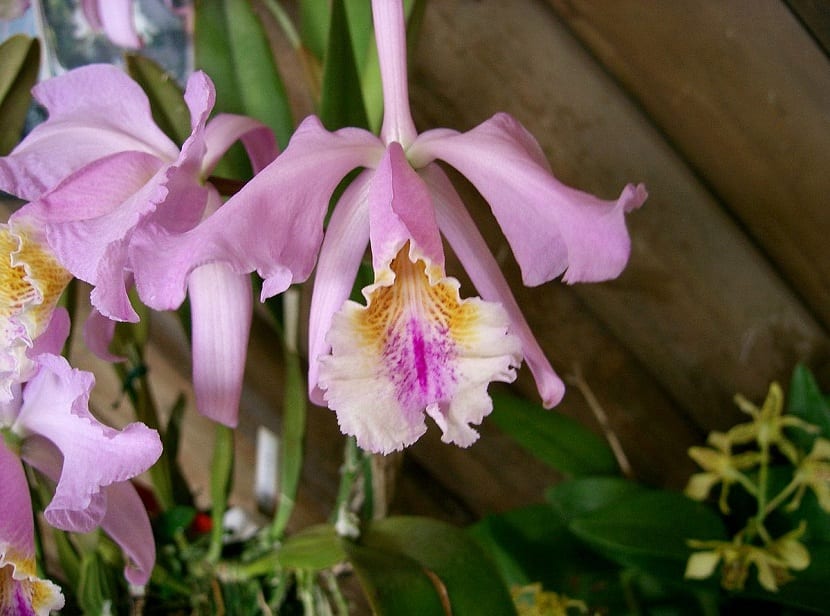
Today we are going to talk about the plants of the genus Cattleya. They belong to the Orchidaceae family and are native to the tropical areas of South and Central America. In the Cattleya genus we can find more than 60 species. These plants have been considered as the queens of the orchids.
Do you want to know all its care and characteristics?
Key features
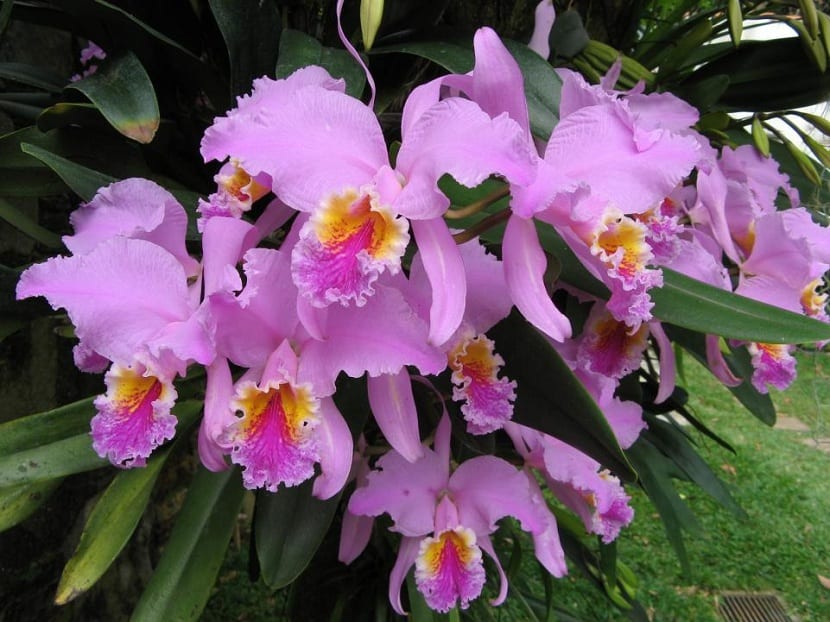
The main ornamental power of this plant is based on its flower size that combines with a wide range of colors. There are unique designs and characteristics of orchids. This greatly favors any environment where you are. In addition to the colors, it is highly prized for its multiple aromas.
It is an epiphytic plant, which means that it supports itself with its roots in trees, rocks or other rough objects. It feeds on water that runs off them and the dew that falls at night. It has pseudobulbs that help them to resist times of drought.
Orchid requirements
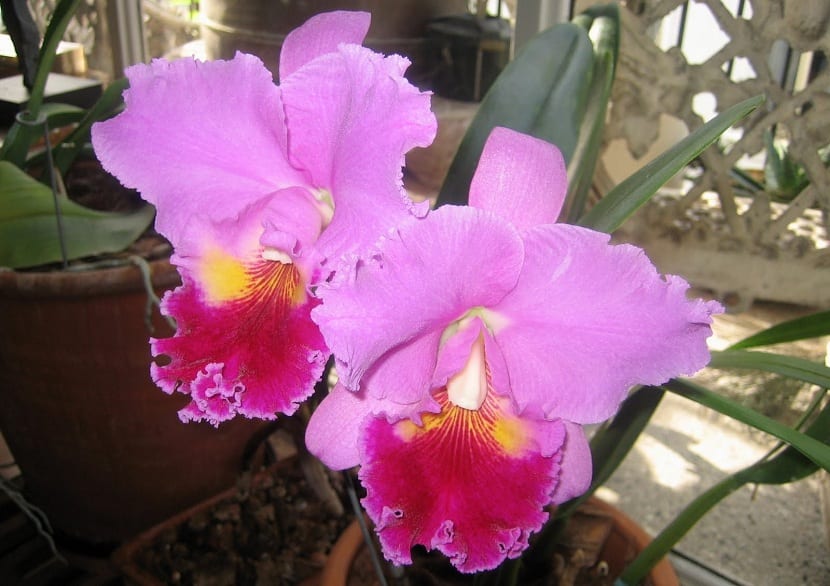
This plant needs some special conditions to grow properly. Among the requirements you need we find:
- Light: This plant grows best if it is placed in a place with good lighting. It does not tolerate direct sun, so it is advisable to put it in semi-shade.
- Ventilation: The Cattleya adapts well to places with good ventilation. However, it does not tolerate extremely dry sites well. Thanks to their pseudobilbos, they can adapt to drought situations, but not extreme. Avoid placing in closed places.
- Temperature: The vast majority of orchid species can withstand different climates and altitudes. The most optimal is to place them in a temperature range that goes from 15 to 29 degrees. If we place it in places where night temperatures do not drop below 20 degrees, it may suffer a delay in its growth. Also, it can affect your flowering process. In the case in which they flourish under these conditions, they will do so with poorer shades.
- Humidity: the most optimal amount of water in the environment is between 50-60%.
Cattleya care
Irrigation
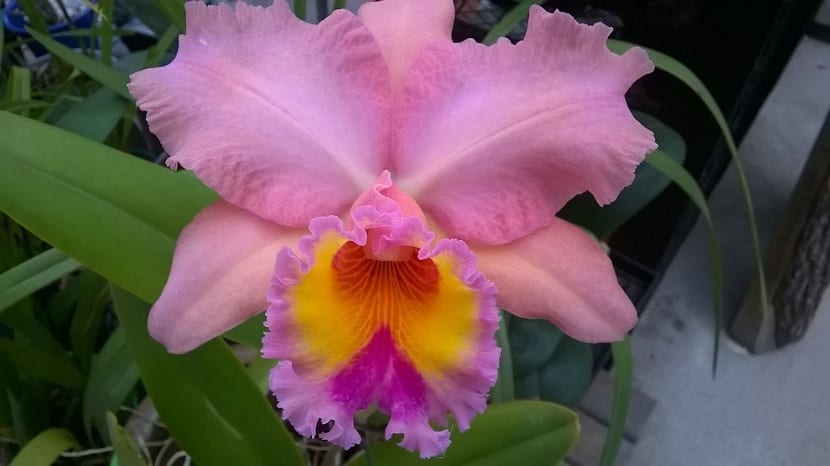
To begin to describe the care that Cattleya need, we begin with the most important, irrigation. It is imperative that do not water every dayas it causes its rotting. The normal frequency of watering is between once and twice a week. The substrate in which the plant is planted must not remain wet all the time. You have to check the land periodically to see what state it is in. If the ground has been dry for a day or two, nothing happens. However, if it takes more days, you will be suffering from drought.
When it comes to watering it, you should use clean, fresh and abundant water. If you have these plants in coastal areas, you must be very careful that the irrigation water contains salts. The best time to water Cattleya is in the morning. In this way, excessive perspiration will not lose water. If excess water accumulates during irrigation, it is strongly recommended to remove it.
Plants should not be submerged in buckets or containers of water. It is also not advisable to place a plate under the pot, as it will cause water to accumulate.
Remember that the Cattleya resists drought better than excess moisture. This information is important to take into account when watering.
Fertilization
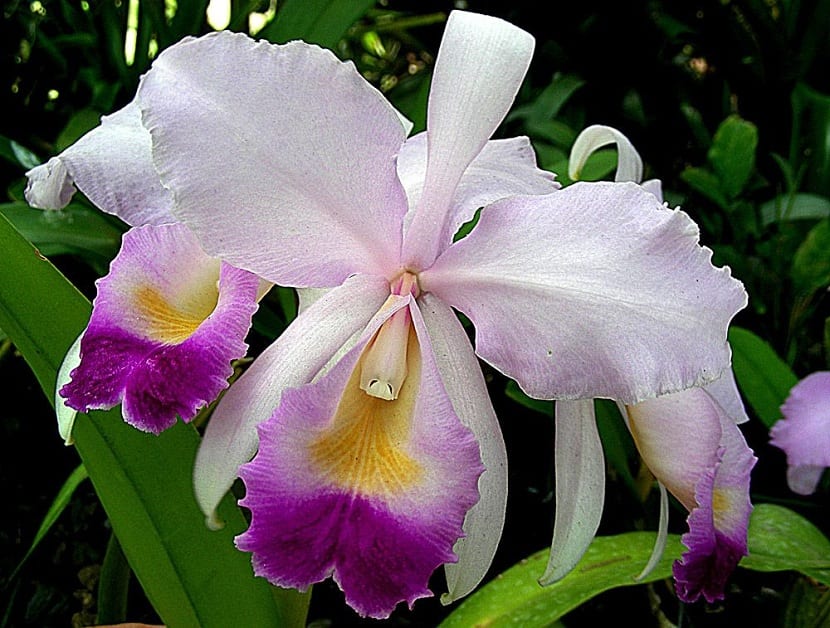
To optimize its growth, it can be supplied with any type of commercial fertilizer that is soluble in water. The most suitable proportion is found between 1 cubic centimeter of fertilizer and a liter of clean water. This equates to roughly one level tablespoon of fertilizer. It is advisable to fertilize it once a week.
For a more balanced and simple handling, it is recommended to use fertilizers with balanced formulations in the proportions of nitrogen (N), phosphorus (P) and Potassium (K); and that in turn contain microelements.
It is good to apply the fertilizer for its root absorption.
Reseed
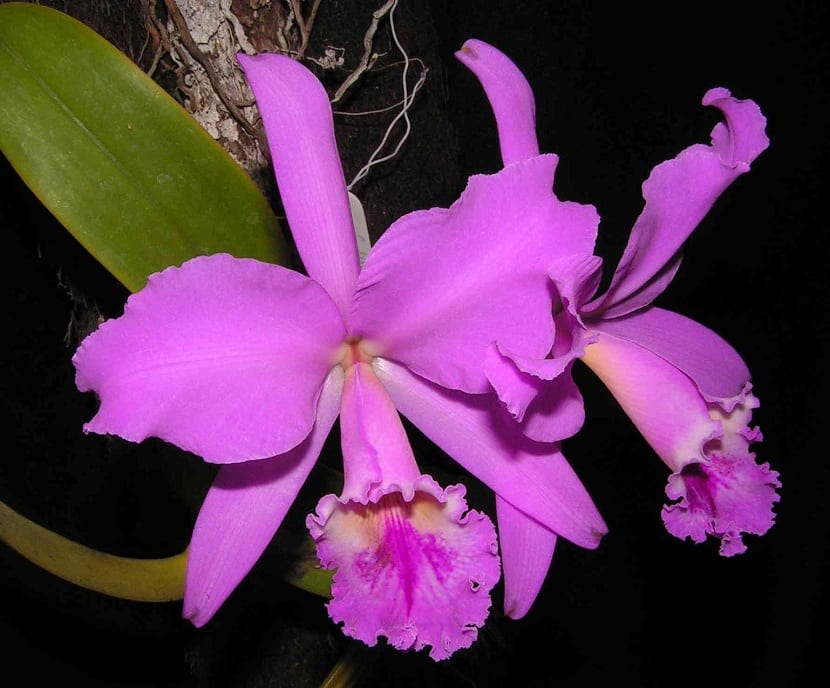
Depending on the size of the pot and the size of the plant, the frequency with which the plant is replanted varies. In general, it is replanted every year when it has been acquired in a pot and subsequently it is transplanted every two or three years. The indication that it needs a transplant is the size of its roots. Si occupy the entire bottom of the pot, you will need a bigger one.
If the roots are deteriorated, dry, rotten or loose in the substrate, their need for replanting is immediate. Also when the substrate shows signs of old age and crumbles, turning into dust. If these conditions are not met, it should only be reseeded when the pot is "too small".
Substratum
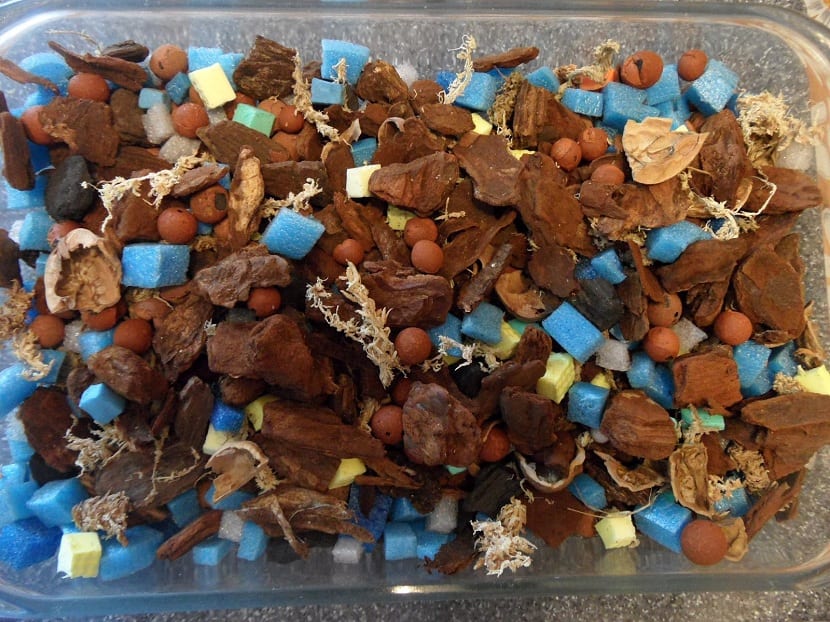
If the plant is grown in pots or baskets, it is used a substrate of pine bark or charcoal. You can also use coconut basket, crushed stone or coconut shell. He does not recommend using any type of earth or sand or putting sticks that may be rotten. Favorably, it is better to grow the coarse dust-free particles that facilitate drainage for irrigation and root ventilation.
Results of your care

Since the Cattleya flower is not subject to a single factor, the result of your care will be reflected with all of them. The care that will be given to each stage of growth is essential for your flowers to come out with maximum splendor.
If the climatic conditions of the region where it is grown are Andean, will make its flowering totally natural and spontaneous. However, the Andean climate is not found everywhere. Therefore, it is necessary that, if we want to see the Cattleya alive, we complete all the requirements named in the post. Temperature is the most important conditioning factor of all.
Cattleya is a genus of plants in high demand throughout the world and famous for being plants with high ornamental value. With these tips you can take care of them and enjoy them completely healthy.